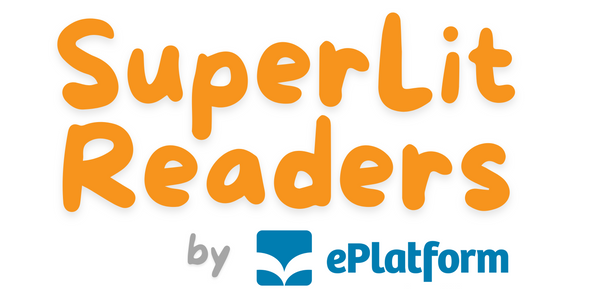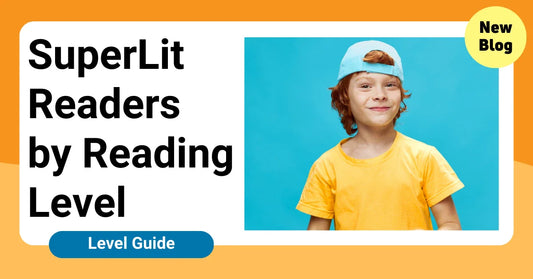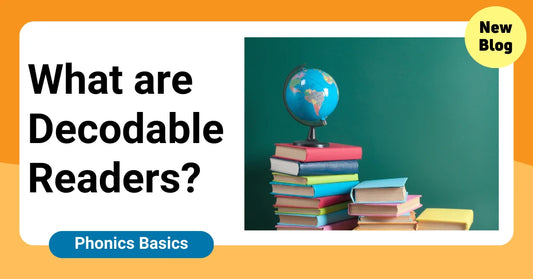What Is Synthetic Phonics?
The Structured Method Behind Early Reading Success
Synthetic phonics is a buzzword in education right now — and for good reason. Backed by decades of research and embedded in national curriculums across Australia, the UK, and beyond, it’s the most effective way to teach early reading. But what exactly is synthetic phonics, and why does it matter?
This article breaks down what synthetic phonics means, how it works, and how to use it effectively with decodable readers and classroom instruction.
Table of Contents
- Definition: What Is Synthetic Phonics?
- How Synthetic Phonics Works
- Why Synthetic Phonics Is Effective
- Synthetic Phonics vs Other Methods
- Using Synthetic Phonics in the Classroom
- How SuperLit Readers Align with Synthetic Phonics
- Final Thoughts

1. Definition: What Is Synthetic Phonics?
Synthetic phonics is a method of teaching reading by explicitly showing students how to convert letters into sounds (phonemes) and then blend those sounds together to read words. It’s called "synthetic" because it involves synthesising — or putting together — sounds to form words.
2. How Synthetic Phonics Works
The method follows a systematic and cumulative order. Children learn individual sounds and letter patterns (graphemes), then practise blending those sounds to decode words. For example:
- Learn /s/, /a/, /t/ → blend to read “sat”
- Then add /p/, /i/, /n/ → read “pin,” “tap,” or “spin”
As students master simple patterns, they’re gradually introduced to digraphs, blends, and multisyllabic words.
3. Why Synthetic Phonics Is Effective
Synthetic phonics is backed by strong evidence because it:
- Teaches phonics explicitly and systematically
- Reduces guessing and memorisation strategies
- Builds decoding and encoding skills simultaneously
- Supports all learners — including those with dyslexia
It aligns closely with the Science of Reading and forms the foundation for long-term literacy success.
4. Synthetic Phonics vs Other Methods
Unlike balanced literacy or whole-language approaches — which rely on context clues, pictures, and word memorisation — synthetic phonics gives children the tools to read any unfamiliar word by sounding it out.
| Synthetic Phonics | Balanced Literacy / Whole Language |
|---|---|
| Sound-by-sound blending | Guessing from pictures or context |
| Structured phonics progression | Exposure to words in unpredictable order |
| Focus on decoding and spelling | Focus on comprehension and fluency first |
5. Using Synthetic Phonics in the Classroom
A strong synthetic phonics program should include:
- Daily phonics instruction following a clear sequence
- Frequent blending and segmenting practice
- Use of decodable readers matched to taught sounds
- Assessment checkpoints to monitor progress
It works best when integrated with phonemic awareness, vocabulary, and reading comprehension strategies.
6. How SuperLit Readers Align with Synthetic Phonics
SuperLit Readers are built from the ground up using synthetic phonics principles. Every book:
- Introduces and reinforces one or more phoneme-grapheme correspondences
- Includes only words that can be decoded using prior knowledge
- Follows a 10-level progression aligned to systematic instruction
- Offers fiction and nonfiction titles to strengthen engagement and comprehension
Plus, our worksheets and phonics games give students extra practice — in and out of the classroom. Take a look at our phonics Scope and Sequence
7. Final Thoughts
Synthetic phonics gives every child the tools to decode with confidence. It’s structured, evidence-based, and proven to build strong, independent readers.
📘 Ready to get started? Explore our fiction and non-fiction bundles
🧠 Need a teaching roadmap? Download our phonics Scope and Sequence
🎯 Want to learn more about Phonics? SuperLit Readers Blog
— Happy Reading!




